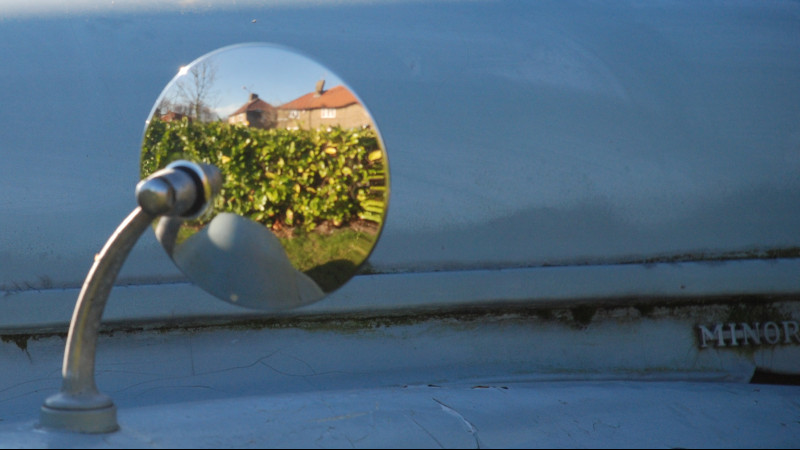
© Susanna Rosti Rossini
C.2020
A barrel of fireworks
Imagine that one day, you are walking through the countryside enjoying the peace and quiet of a summer afternoon. You stop to rest on a sunny bank. Without any warning, vagabonds leap from the undergrowth, push you into an oil drum, and tie you down so you can’t escape. Someone throws in a lighted firecracker. Outside, the wind begins to howl and the barrel moves, slowly at first, but then at frightening speed. It is being dragged along the track, where it bounces over the stones and snakes wildly from side to side.
This has happened to you before, and it will happen again. Whenever you travel in a car, you’re strapped in, the engine fires like a machine gun, the wheels bounce over potholes in the road, the wind sets up a high-pitched shriek, and the body shell reverberates with every impact. In reality, little of this disturbance gets through to the passenger compartment. The springs and dampers smooth out the motion while noise and vibration are filtered through absorbent materials so the passengers can talk to each other while travelling at speed. It doesn’t happen by magic: before a new model enters production, engineers track down the sources of disturbance and fix them one by one. They make the steering manageable so the car doesn’t spin round unpredictably or roll over on a curve, quirks of behaviour that were common during the early days of motoring.
This is what my father told me when I asked him one day what he had been doing at work. As a member of a team employed by a Midlands car manufacturer, his job was to make cars safe and pleasant to ride in, and like many engineers at that time, he learned his craft on the shop floor. The craft involved not only practical skills, but a whole culture that was handed down from one generation to the next together with stories like this one that helped to make palpable what they were doing and why they were doing it. In manufacturing industry, expertise is cumulative, so the advances that were made during the 1960s, however crude and simple they might appear now, are still bearing fruit. Thousands of improvements over the course of a century have transformed car travel into an experience that is remarkable only in the sense that the occupants barely notice what is going on.
Our aim is to understand how this has come about, and to explore the behaviour of roadgoing machines. We’ll start with the contact patch, through which all the forces on the vehicle are channelled. Then we’ll move on to the suspension, and finally to the vehicle as a whole.
Acknowledgement
Picture on opening page by Susanna Rosti Rossini.
Revised 12 June 2021